Results
-
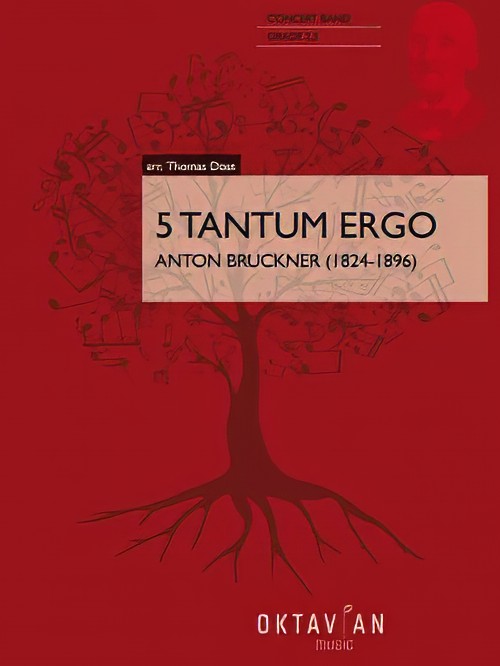 £95.99
£95.995 Tantum Ergo (Concert Band - Score and Parts) - Bruckner, Anton - Doss, Thomas
Anton Bruckner (b. 4.9.1824, Ansfelden, d. 11.10.1896, Vienna) didn't have it easy. Throughout his life, the Austrian composer was plagued by self-doubt. Anton Bruckner came from a simple, rural background. After the death of his father, he was accepted as a choirboy at the monastery of Sankt Florian in 1837. After several years as a school assistant and his own organ and piano studies, he first worked as organist in St. Florian, then from 1855 as cathedral organist in Linz. Introduced to music theory and instrumentation by Simon Sechter and Otto Kitzler, he discovered Richard Wagner as an artistic role model, whom he admired throughout his life and also visited several times in Bayreuth. In 1868 Anton Bruckner became professor of basso continuo, counterpoint and organ at the Vienna Conservatory; ten years later court organist; and in 1891 finally honorary doctor of the University of Vienna. He was considered an important organ virtuoso of his era, but had to wait a long time for recognition as a composer. It was not until Symphony No.7 in E major, composed between 1881 and 1883, with the famous Adagio written under the effects of Wagner's death, that he achieved the recognition he had hoped for, even if he was reluctant to accept it given his inclination towards scepticism and self-criticism. Anton Bruckner was a loner who did not want to follow a particular school or doctrine. He composed numerous sacred vocal works, such as his three masses, the Missa Solemnis in B flat minor (1854), the Te Deum (1881-84) and numerous motets. As a symphonic composer, he wrote a total of nine symphonies and many symphonic studies from 1863 onwards, tending to revise completed versions several times over. Bruckner's orchestral works were long considered unplayable, but in fact were merely exceptionally bold for the tonal language of their time, uniting traditions from Beethoven through Wagner to folk music, on the threshold between late Romanticism and Modernism. Hymns for four-part mixed choir a cappella (1846, St. Florian) No. 1 in E flat major (WAB 41/3): Quite Slow No. 2 in C major (WAB 41/4): Andante No. 3 in B flat major (WAB 41/1): Slow No. 4 in A flat major (WAB 41/2): Slow Hymn for five-part (SSATB) mixed choir and organ No. 5 in D major: Solemnly They are simple works, completely subordinate to their liturgical use, which nevertheless already show numerous characteristics of personal expression. These small pieces were able to stand up to the harsh scrutiny of the mature master: in 1888, Bruckner subjected them to a revision in which he made only minor corrections.Duration: 11.00
Estimated dispatch 7-14 working days
-
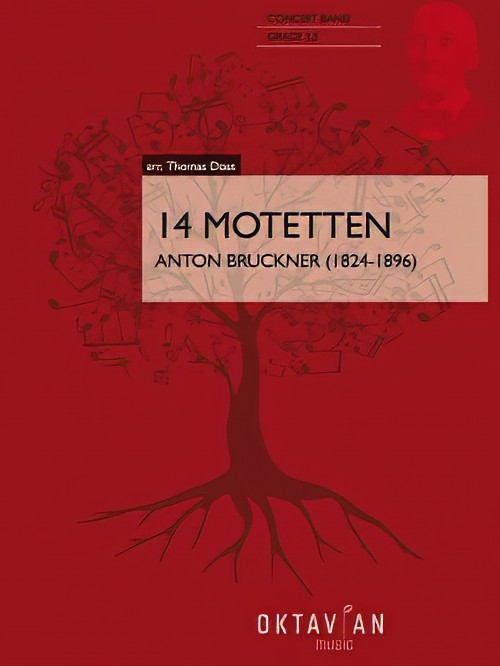 £256.00
£256.0014 Motetten (Concert Band - Score and Parts) - Bruckner, Anton - Doss, Thomas
Anton Bruckner (b. 4.9.1824, Ansfelden, d. 11.10.1896, Vienna) didn't have it easy. Throughout his life, the Austrian composer was plagued by self-doubt. Anton Bruckner came from a simple, rural background. After the death of his father, he was accepted as a choirboy at the monastery of Sankt Florian in 1837. After several years as a school assistant and his own organ and piano studies, he first worked as organist in St. Florian, then from 1855 as cathedral organist in Linz. Introduced to music theory and instrumentation by Simon Sechter and Otto Kitzler, he discovered Richard Wagner as an artistic role model, whom he admired throughout his life and also visited several times in Bayreuth. In 1868 Anton Bruckner became professor of basso continuo, counterpoint and organ at the Vienna Conservatory; ten years later court organist; and in 1891 finally honorary doctor of the University of Vienna. He was considered an important organ virtuoso of his era, but had to wait a long time for recognition as a composer. It was not until Symphony No.7 in E major, composed between 1881 and 1883, with the famous Adagio written under the effects of Wagner's death, that he achieved the recognition he had hoped for, even if he was reluctant to accept it given his inclination towards scepticism and self-criticism. Anton Bruckner was a loner who did not want to follow a particular school or doctrine. He composed numerous sacred vocal works, such as his three masses, the Missa Solemnis in B flat minor (1854), the Te Deum (1881-84) and numerous motets. As a symphonic composer, he wrote a total of nine symphonies and many symphonic studies from 1863 onwards, tending to revise completed versions several times over. Bruckner's orchestral works were long considered unplayable, but in fact were merely exceptionally bold for the tonal language of their time, uniting traditions from Beethoven through Wagner to folk music, on the threshold between late Romanticism and Modernism. Anton Bruckner composed about 40 motets during his lifetime, the earliest a setting of Pange lingua around 1835, and the last, Vexilla regis, in 1892. Thomas Doss has compiled some of these motets in this volume for symphonic wind orchestra. These motets show many characteristics of personal expression, especially Bruckner's colourful harmony in the earlier works, which is in places aligned with Franz Schubert (changes between major and minor; and movements in thirds). Later works are characterised by many components which, in addition to the expanded stature of the movements, include above all a sense of the instrumentation as an outward phenomenon and the harmony as a compositional feature that works more internally. Some aspects of Bruckner's work are the result of his long period of study, which familiarised him not only with the tradition of his craft, but also gave him insights into the modernity of his time in such composers as Wagner, Liszt and Berlioz. From this developed his personal standpoint, which always pursues the connection between the old and the new.Duration: 39.00
Estimated dispatch 7-14 working days
-
 £159.00
£159.00Greek Folk Song Suite No. 2 - Franco Cesarini
After the great success of the Greek Folk Song Suite that has lasted for over twenty years, Franco Cesarini once again ventures into the long and rich tradition of Greek folk music. In his Greek Folk Song Suite No. 2, the three movements that form the piece are named after the three dances reworked by the composer.The first movement, Samiotissa is a kalamatianos, whose most distinctive feature is the irregular 7/8-time signature. It is a festive dance, today considered the Greek national dance, which has roots dating back to antiquity.The second movement, Kato sto jalo is a zeibekiko, a slow-paced dance performed by only one man at a time which was apparently originated among the warriors of Ancient Anatolia.The third and last movement, Chasaposerviko, is the fast part of the hasapiko dance and is characterized by its more extensive form.A new journey into the Greek folk tradition that will delight both performers and audience.
Estimated dispatch 7-14 working days
-
 £139.99
£139.99Golden Peak - Thierry Deleruyelle
Golden Peak is a concert piece that takes us deep into the world of volcanoes of the Auvergne in central France. They are dormant volcanoes whose origins date back from 7,000 to over 65 million years ago. Among the most well-known are the 80 volcanoes of the Chane des Puys, a spectacular natural environment ranking among the most fascinating landscapes in the world. The title of this dynamic and rhythmic piece is a reference to the local spa town of Mont-Dore and calls upon all sections of the orchestra. The central theme is very mellow yet riveting and the music depicts both the dynamism and tranquillity of the region.
Estimated dispatch 7-14 working days
-
 £78.99
£78.99Moonscape - C. McBride
An impressive contemporary concert work full of mixed meters, exciting rhythms and haunting motives, "Moonscape" is a challenging tour de force for mature bands. Predominantly in 7/8, every section of the band is fully involved while the percussion section provides the glue which holds the whole piece together in fine fashion. Cory McBride is a talented young composer and "Moonscape" is certainly his most impressive composition to date. Unique and distinctive music that will surely be a favorite for years to come!
Estimated dispatch 7-14 working days
-
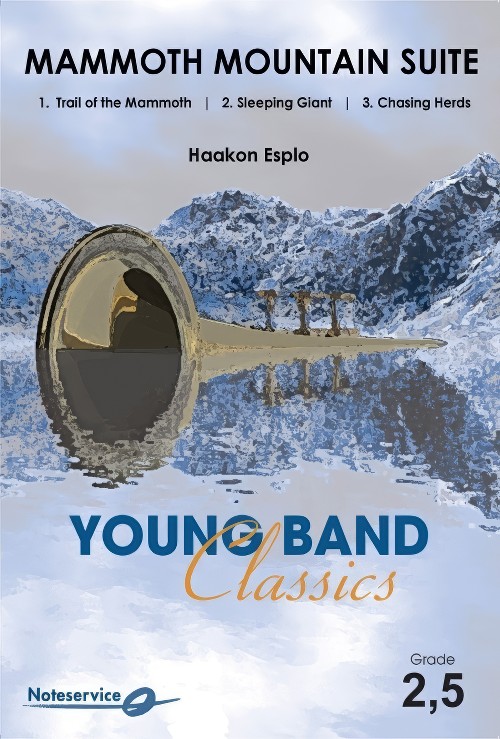 £85.00
£85.00Mammoth Mountain Suite (Concert Band - Score and Parts) - Esplo, Haakon
Suite in Three Movements. Mammoths were a family of elephants that, with one exception, died out at the end of the last ice age. Their closest living relative is the Asian elephant. In many places in the world one can find mammoth remains. In Norway (especially in Gudbrandsdalen), 20 discoveries of teeth and skeletal remains have been made after mammoths that lived here between 40,000 and 50,000 years ago. On cave paintings and carvings you can see many pictures of mammoths with other animals. Pictures of killed mammoths have also been found with humans. Mammoth Moutain Suite describes a bunch of hunters looking for mammoths. Imagine the majestic animals, what it felt like to see the herd in the mountains and what it sounded like when the 6 ton heavy and 3.5 meter tall mammoths were on the run. Duration: 7.30
Estimated dispatch 7-14 working days
-
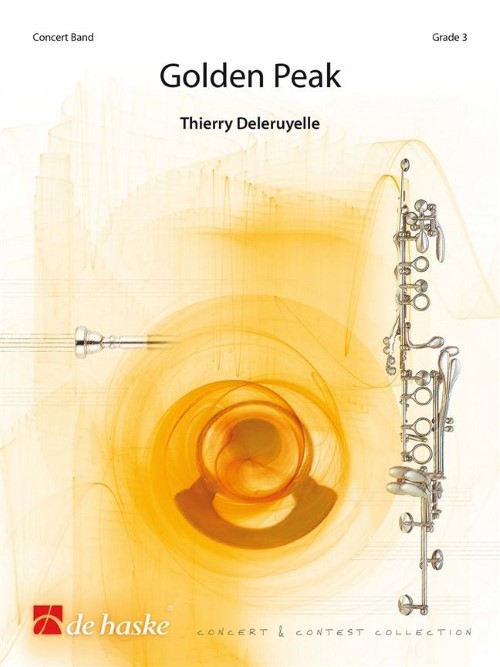 £139.99
£139.99Golden Peak (Concert Band - Score and Parts) - Deleruyelle, Thierry
Golden Peak is a concert piece that takes us deep into the world of volcanoes of the Auvergne in central France. They are dormant volcanoes whose origins date back from 7,000 to over 65 million years ago. Among the most well-known are the 80 volcanoes of the Chane des Puys, a spectacular natural environment ranking among the most fascinating landscapes in the world. The title of this dynamic and rhythmic piece is a reference to the local spa town of Mont-Dore and calls upon all sections of the orchestra. The central theme is very mellow yet riveting and the music depicts both the dynamism and tranquillity of the region.Duration: 11.00
Estimated dispatch 7-14 working days
-
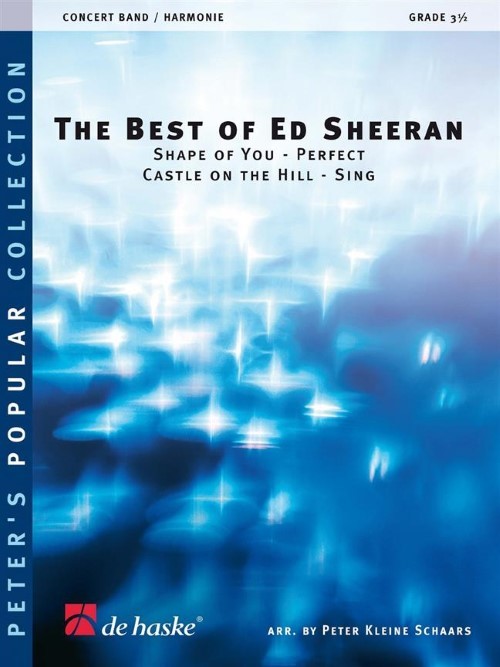 £104.99
£104.99The Best of Ed Sheeran (Concert Band - Score and Parts) - Schaars, Peter Kleine
Ed Sheeran has been storming the charts for several years now with his infectious songs and positive vibes. This medley by the renowned Dutch arranger Peter Kleine Schaars includes 'Shape of You', 'Perfect', 'Castle on the Hill' and 'Sing'. Duration: 7.10
Estimated dispatch 7-14 working days
-
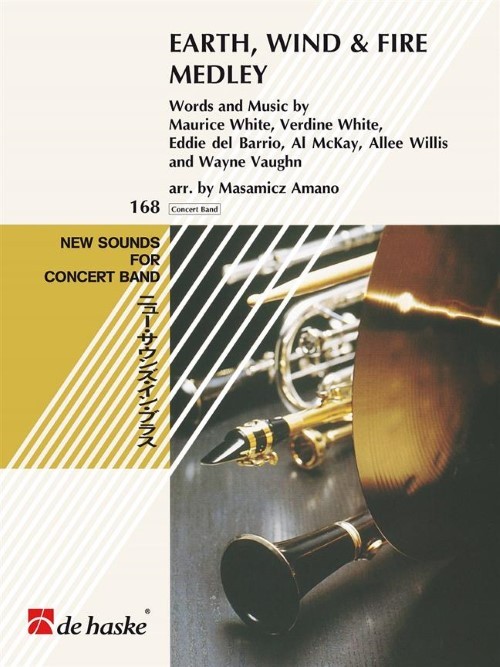 £134.99
£134.99Earth, Wind & Fire Medley (Concert Band - Score and Parts) - Amano, Masamicz
For many years, The New Sounds in Concert Band Series has cultivated a worldwide reputation for presenting some of the best high-grade repertoire available. In this challenging arrangement Masamicz Amano assembles the greatest hits of Earth, Wind & Fire into an astonishing medley.Includes:FantasySeptemberLet's GrooveDuration: 7.15
Estimated dispatch 7-14 working days
-
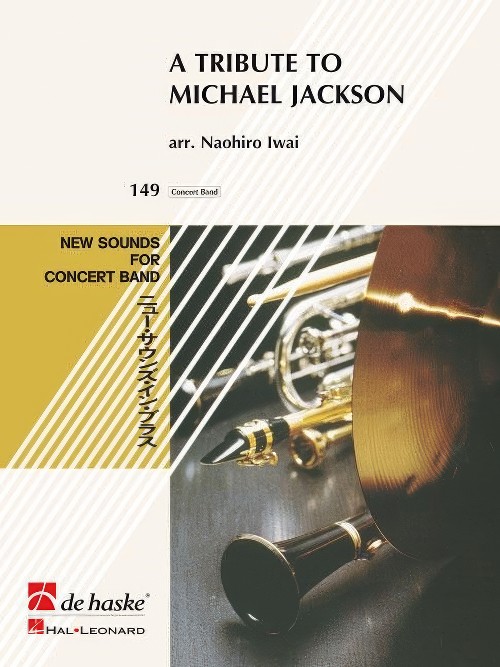 £118.99
£118.99A Tribute to Michael Jackson (Concert Band - Score and Parts) - Iwai, Naohiro
Over the years much has been written and broadcast about Michael Jackson. Naohiro Iwai has created a powerful medley by letting the music of the undisputed 'King of Pop' speak for itself. The medley contains the hits Thriller, I'll Be There and I Want You Back. Don't stop 'til you get enough!Duration: 7:15
Estimated dispatch 7-14 working days
